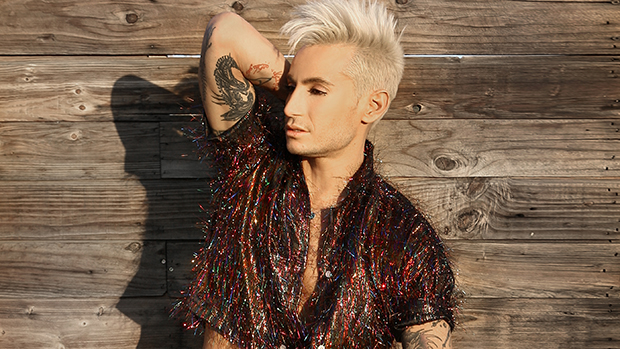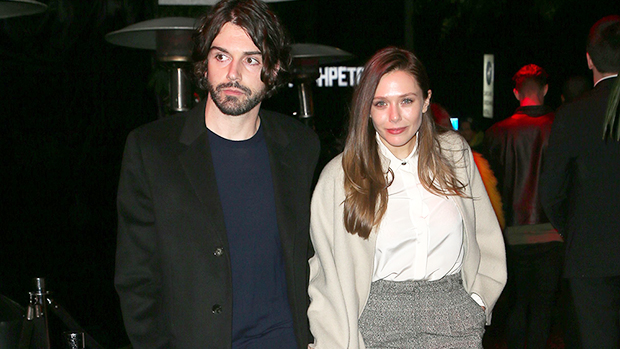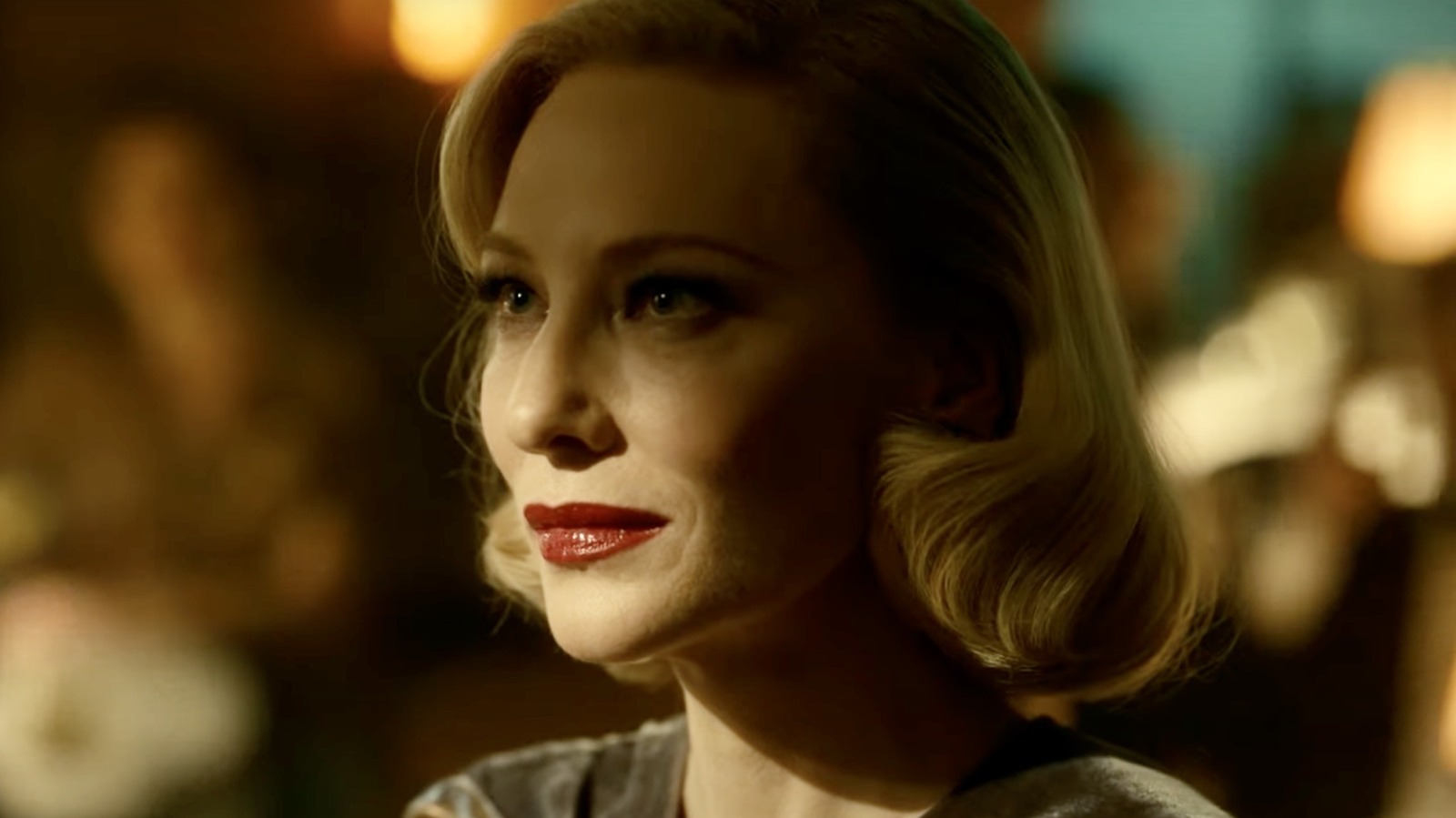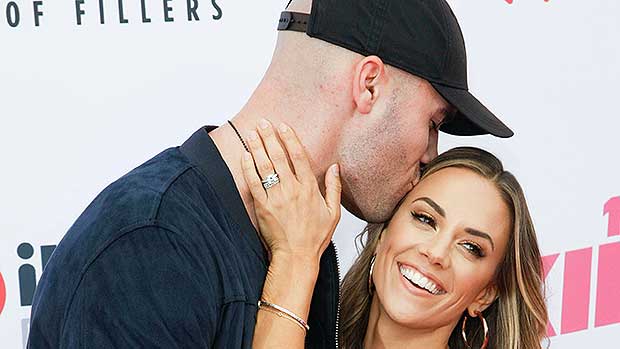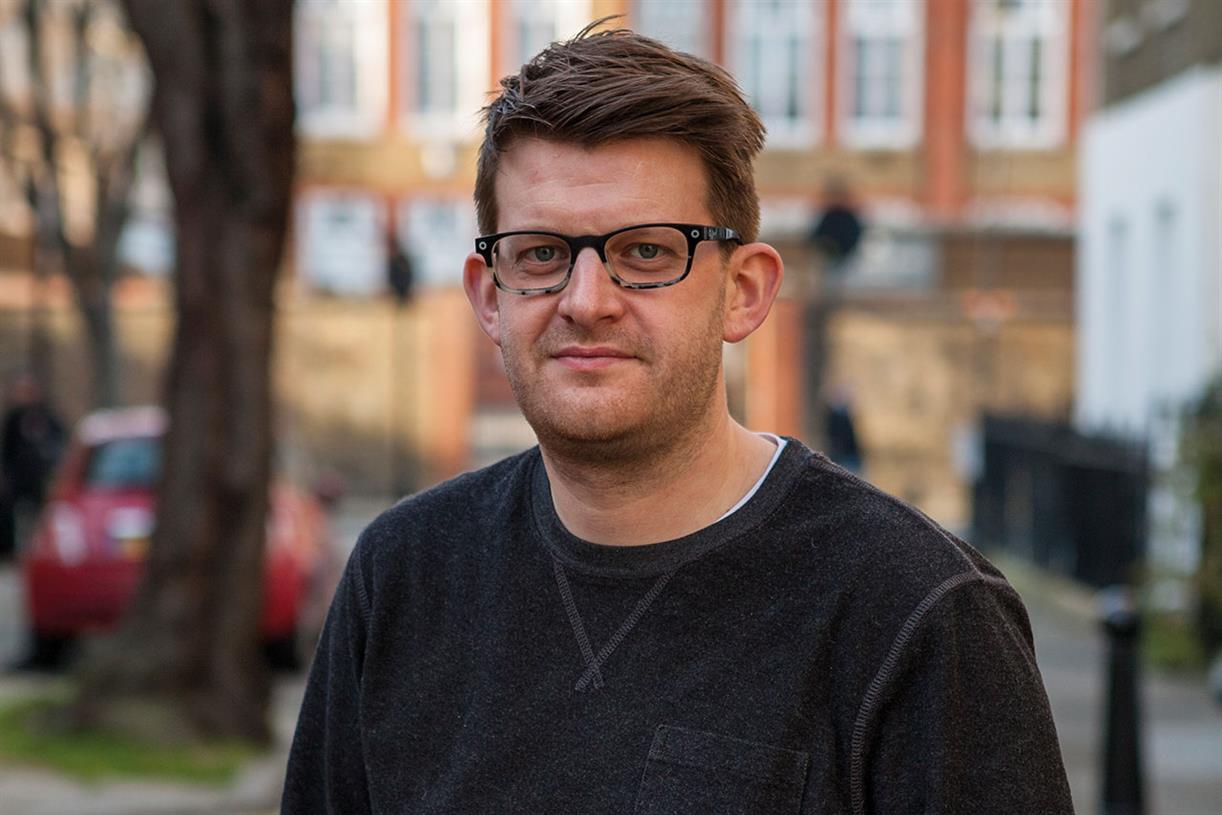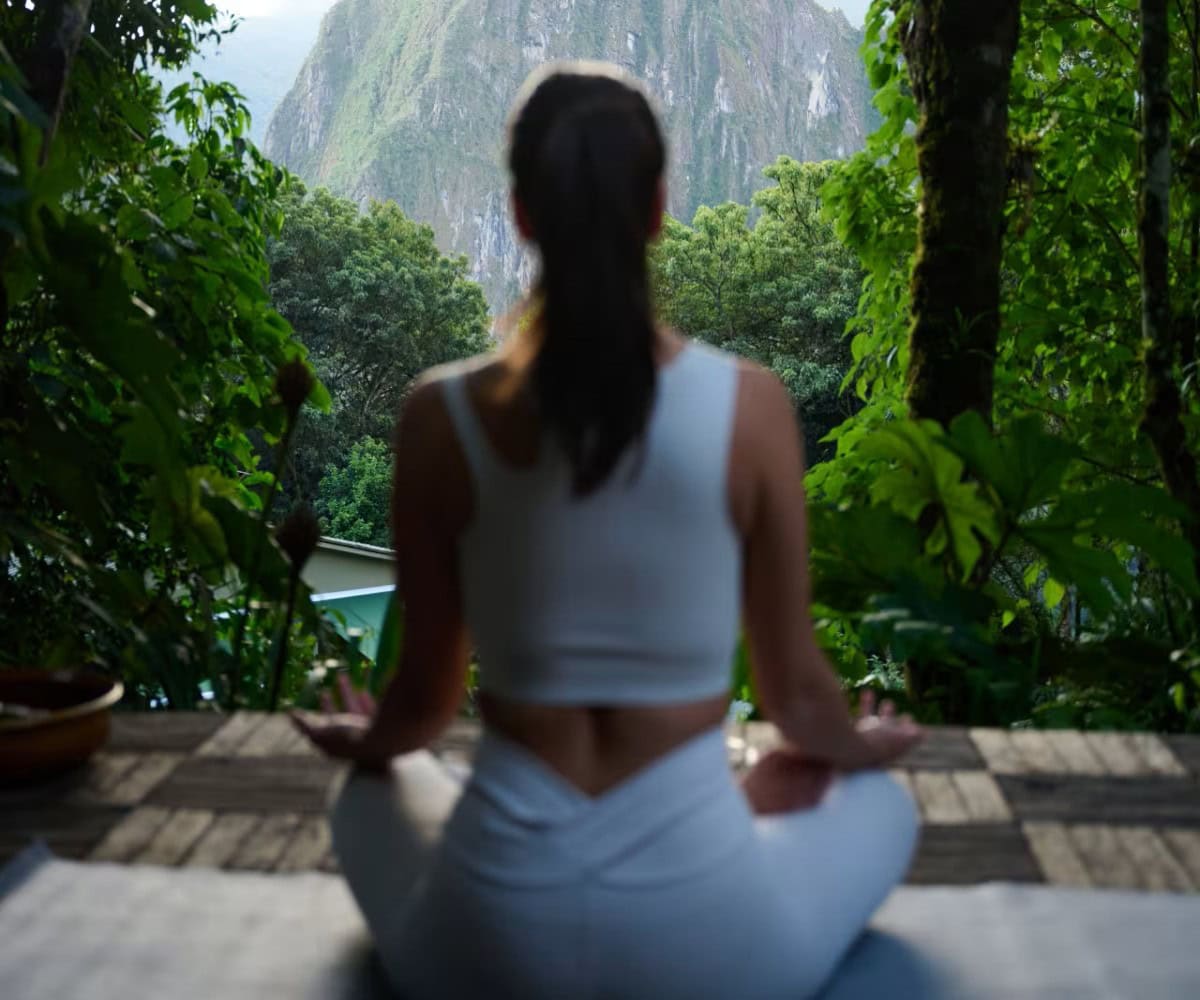SXSW 2022 Women Directors: Meet Nyla Innuksuk – “Slash/Back”
Nyla Innuksuk is the founder of Mixtape VR, which produces film, virtual, and augmented reality content. A writer for Marvel Comics, Innuksuk co-created the character of Snowguard, a teenage superhero from Pangnirtung, Nunavut, and a member of Marvel’s Champions...
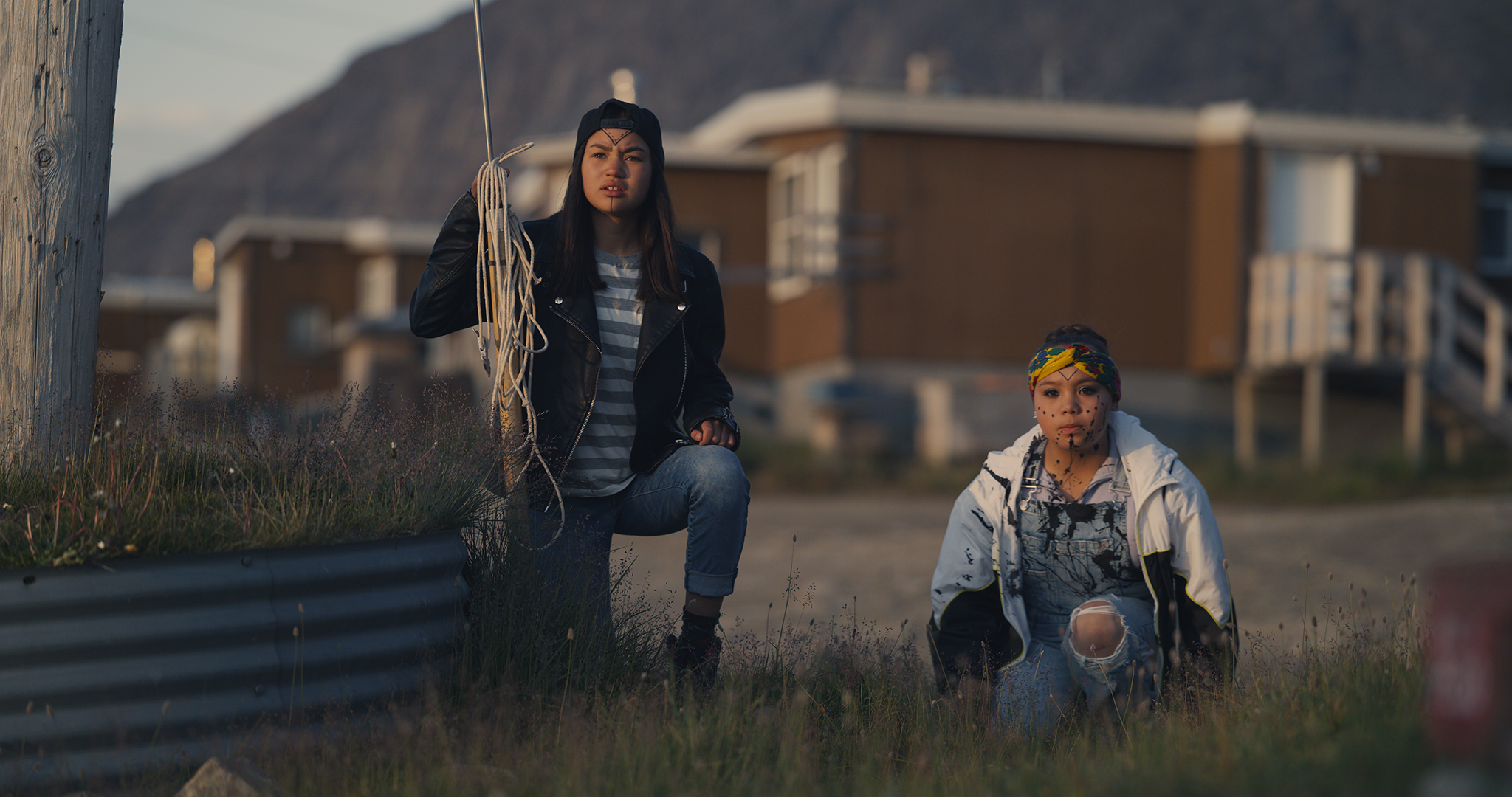
Nyla Innuksuk is the founder of Mixtape VR, which produces film, virtual, and augmented reality content. A writer for Marvel Comics, Innuksuk co-created the character of Snowguard, a teenage superhero from Pangnirtung, Nunavut, and a member of Marvel’s Champions League. Originally from Igloolik, Nunavut, Innuksuk studied film at Ryerson University in Toronto, Ontario. In 2020, she was asked by UN Women to represent Canada in discussing the future of emerging technologies in G7 countries. Innuksuk has participated often as an early tester of emerging technology for Google, is an ambassador for the Northern Indigenous Film Fund in Norway, and is currently a research fellow at MIT.
“Slash/Back” is screening at the 2022 SXSW Film Festival, which is taking place March 11-20. Find more information on the fest’s website.
W&H: Describe the film for us in your own words.
NI: “Slash/Back” is about a group of teenage girls from a small Arctic community who take on an alien invasion.
W&H: What drew you to this story?
NI: I grew up in Nunavut, Canada’s high arctic, and I’ve always wanted to showcase the beauty of this place. When I was younger I loved movies like “E.T.” and “The Goonies” — stories about friendship and adventure, but with a fantastical twist.
I always thought that it would be neat to see a story like that set in an Indigenous community.
W&H: What do you want people to think about after they watch the film?
NI: I hope that the audience enjoys getting access to a part of the world they may be unfamiliar with.
W&H: What was the biggest challenge in making the film?
NI: The community that we chose to film in is extremely remote and lacks a lot of the infrastructure required to make a movie. We had to ship up 60 beds and mattresses to convert both the high school and grade school into accommodations for our crew.
Casting in Nunavut was also a challenge since there weren’t any casting directors or formal acting programs in town. Rather than a formal audition process, I chose to hold acting workshops that allowed young people the opportunity to gain some experience while finding girls that might be the right fit for the film.
W&H: How did you get your film funded? Share some insights into how you got the film made.
NI: We financed the film with a combination of government supported funds like Telefilm, support from the Nunavut Film Commission, and tax credits from Ontario Creates. Some pre-sales, broadcaster support, and equity financing rounded out our budget.
W&H: What inspired you to become a filmmaker?
NI: Watching movies and making movies is something that I have loved to do since I was a kid. It was a big part of my identity growing up, and helped focus an energy and passion that could otherwise feel overwhelming.
Movies are the way I process how I’m feeling about the world and my place in it, and working with others to create something that expresses how I’m feeling validates it in a way that is very rewarding. As an Indigenous woman, to have your experiences validated and your feelings given weight is a gift.
W&H: What’s the best and worst advice you’ve received?
NI: Best advice: Say yes to opportunities that make sense, and no to the ones that don’t.
Worst: To do stunt casting.
W&H: What advice do you have for other women directors?
NI: The only way to start making movies is by doing it. Find ways to be on set, shadow others, and then start telling everyone that you are going to make a movie.
W&H: Name your favorite woman-directed film and why.
NI: Watching Céline Sciamma’s “Portrait of a Lady on Fire” was a really emotional moment for me. The idea of “bearing witness” to a woman’s experience is so essential to understanding our pain.
W&H: How are you adjusting to life during the COVID-19 pandemic? Are you keeping creative, and if so, how?
NI: I have been writing and also completing “Slash/Back,” which is my first feature. During the summer of 2020, when the world seemed like it was falling apart with the pandemic and protests, I developed another script with my co-writer Ryan Cavan about how we were feeling about everything. It has been helpful to have something creative to work on.
W&H: The film industry has a long history of underrepresenting people of color onscreen and behind the scenes and reinforcing — and creating — negative stereotypes. What actions do you think need to be taken to make it more inclusive?
NI: I am very involved in the Indigenous film community, and we have been having a lot of conversations about how we can be better represented. It’s an exciting time because it feels like a lot of us have been waiting for the rest of the world to take us seriously, and now we are ready to meet the moment.
The Indigenous Screen Office in Canada created a pathways and protocols document that was inspired by a similar document in Australia. It lays the groundwork for how best to engage with Indigenous communities when it comes to movies and TV. I have found it really helpful because it does a lot of the explaining for me, and takes that burden of responsibility off my shoulders.

 Astrong
Astrong 







